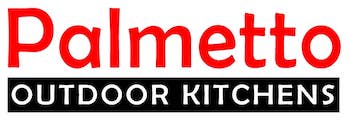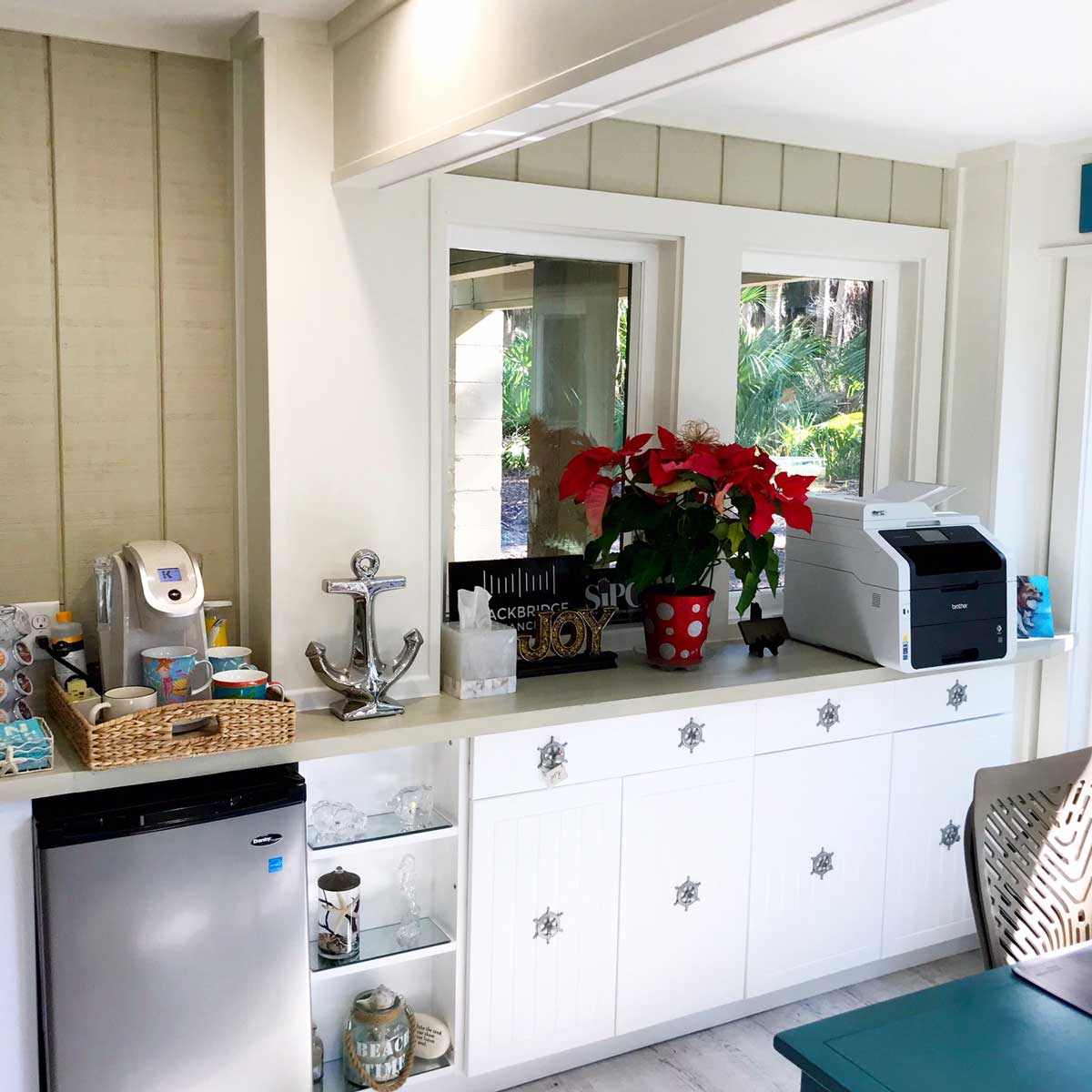With the rise in popularity of outdoor living spaces, outdoor kitchens have become a sought-after feature in many homes. These functional and inviting spaces allow homeowners to cook, entertain, and enjoy the outdoors simultaneously. However, it’s crucial to prioritize safety when designing, using, and maintaining an outdoor kitchen. This article aims to outline the best practices and guidelines for outdoor kitchen safety, ensuring that you can enjoy your outdoor culinary adventures without any worries.
Location and Design Considerations:
When planning your outdoor kitchen, consider the following safety aspects:
a) Distance from the house: Ensure that your outdoor kitchen is located at a safe distance from your home to prevent smoke and heat from entering the house.
b) Fire safety: Position your outdoor kitchen away from flammable materials, such as trees, wooden structures, or dry vegetation. Install a fire extinguisher nearby, and keep a safe clearance around any open flames or heating elements.
c) Ventilation: Proper ventilation is essential to prevent the buildup of smoke and fumes. Install a range hood or exhaust fan to ensure adequate air circulation.
d) Flooring: Choose non-slip flooring materials that are resistant to heat, stains, and moisture to minimize the risk of accidents.
Safe Installation and Maintenance:
a) Professional installation: Engage a licensed professional’s services for installing gas lines, electrical connections, and plumbing. This ensures compliance with safety codes and standards.
b) Gas connections: If your outdoor kitchen includes a gas grill or stove, ensure all gas connections are properly installed and regularly inspected for leaks. Use a qualified professional to conduct periodic maintenance.
c) Electrical wiring: All electrical outlets, wiring, and appliances should be designed for outdoor use and protected against moisture. Keep electrical cords and appliances away from water sources.
d) Regular cleaning and maintenance: Clean your outdoor kitchen regularly, especially the grill and other cooking surfaces. Grease buildup can increase the risk of flare-ups and fires. During routine maintenance, check for gas leaks, damaged wires, and loose connections.
Safe Grilling Practices:
Grilling is a central activity in outdoor kitchens, so it’s important to follow safe grilling practices:
a) Preparing the grill: Before lighting the grill, inspect the burners, gas lines, and ignition system for any signs of damage or wear. Clean the grates and remove any grease or debris.
b) Proper lighting: When igniting a gas grill, keep the lid open and turn off all burners. Follow the manufacturer’s instructions for lighting procedures.
c) Grilling area safety: Maintain a safe zone around the grill, free from flammable materials, children, and pets. Never leave the grill unattended while in use.
d) Extinguishing the fire: After grilling, turn off the gas supply and let the grill cool down completely before covering it. Dispose of ashes in a metal container once they have cooled.
Food Handling and Preparation:
Outdoor kitchens are often used for food preparation and cooking, so it’s important to practice safe food handling:
a) Hand hygiene: Wash your hands thoroughly with soap and water before and after handling food, especially when dealing with raw meat, poultry, or fish.
b) Food storage: Keep perishable foods refrigerated until you are ready to cook. Use separate cutting boards and utensils for raw and cooked foods to prevent cross-contamination.
c) Proper cooking temperatures: Use a food thermometer to ensure that meat, poultry, and seafood are cooked to the appropriate internal temperatures. This helps prevent foodborne illnesses.
d) Food storage after cooking: Promptly refrigerate leftovers to prevent bacterial growth. Do not leave cooked food out for extended periods in hot weather.

